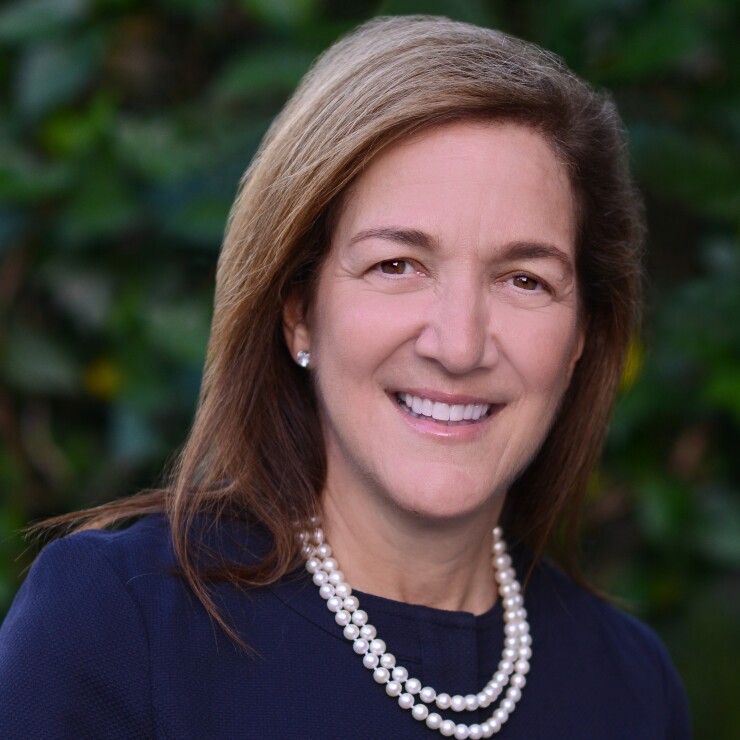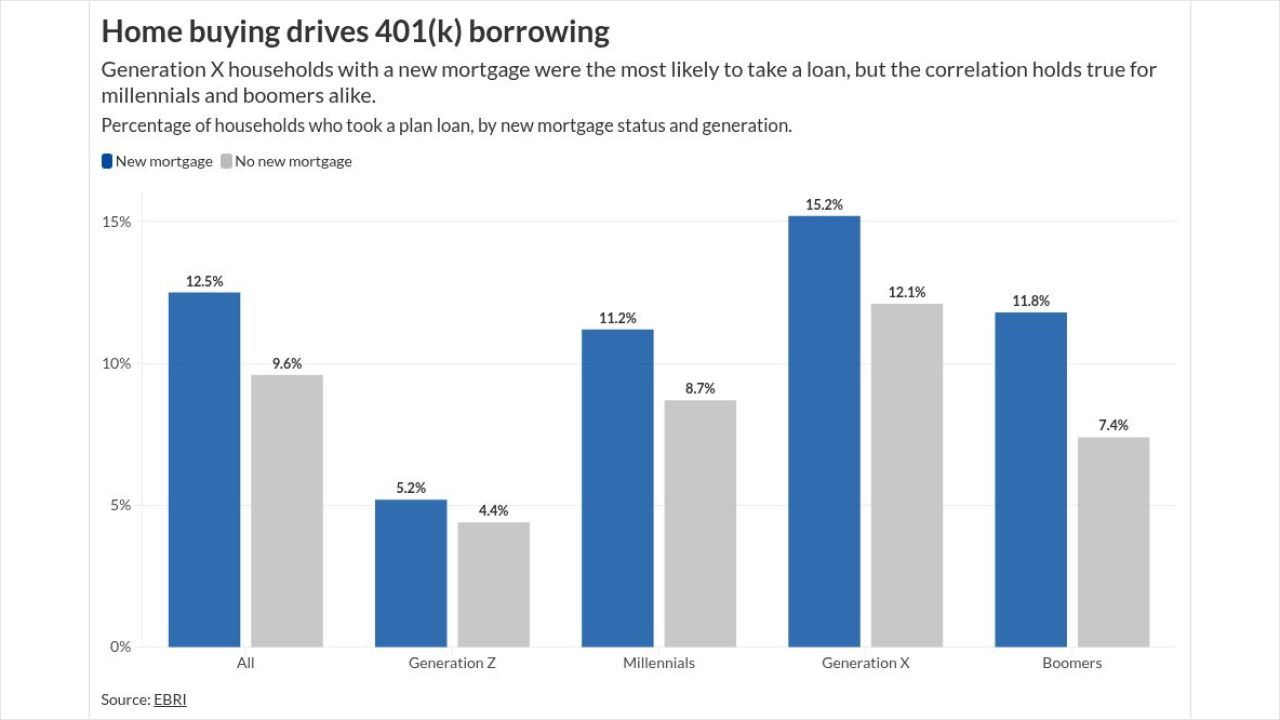During a recent conversation, good friends mentioned they wanted to help their children tackle the financial challenge of higher education for their eight grandchildren, who range in age from four to 17. Despite being sophisticated investors with access to a financial advisor, it was apparent they needed help deciding the best way to save for college.

As we talked, it occurred to me that even the savviest investors still don’t know enough about the basics or benefits of 529 college savings plans. Financial planners who are fluent in 529s have an opportunity to make a significant difference for parents and grandparents alike. Here are some key points that underlie the benefits of saving in 529 plans for future generations.
Tax benefits
As of December 31, 2020, American families saved more than $425 billion in approximately 14.8 million 529 accounts nationwide. Today, parents and grandparents can choose from 92 different 529 savings plans, including 31 plans offered solely through financial professionals. Additionally, twelve 529 prepaid plans offer the same federal tax benefits as 529 savings plans, while allowing families to lock in future tuition costs based on today’s tuition rates at certain colleges and universities.
Although contributions to a 529 account are not federally tax-deductible, earnings grow tax-deferred while in the account and are tax-free when used to pay qualified education expenses at eligible educational institutions in the U.S. and abroad. Also, 35 states offer their taxpayers a state tax benefit (either a deduction or a credit) for contributions to their own 529 plans, six of these states provide the tax benefit for contributions to any 529 plan nationwide. This can be an attractive feature in high tax states. Another differentiator among states is how 529 assets are viewed for financial aid and bankruptcy purposes. These nuances should not be overlooked when considering which 529 plan to choose.
Expanded qualified expenses
Over the years, Congress has expanded the definition of “qualified higher education expenses.” In addition to basic expenses — such as tuition, certain room and board, and required books and supplies associated with higher education — 529 savings accounts can be used for computers and associated internet costs. Funds may also be used for up to $10,000 of K-12 annual tuition expenses at public, private or religious schools; approved apprenticeships and up to $10,000 of qualified student loan repayments for the 529 beneficiary and each of their siblings.
Financial aid expansion
The FAFSA Simplification Act, a part of the Consolidated Appropriations Act of 2021, will give leeway for 529 accounts owned by grandparents as of October 1, 2022 (for the 2023-2024 academic year). In the past, distributions from grandparent-owned accounts were viewed as taxable income for the grandchild, which often negatively impacted financial aid considerations. A two-year lookback for financial aid purposes often caused families to delay using funds from grandparent-owned accounts until the last two years of college. With the FAFSA Simplification, however, distributions from a grandparent-owned account will no longer be considered income, so there will no longer be a need to delay using funds in these accounts.
The benefits of traditional fixed income are diminishing with today’s low interest rate environment, but alternative investments can help solve the portfolio-allocation problem.

An opportunity for financial advisors
Professional financial advisors have a significant opportunity to assist clients with a 529 savings strategy. According to a 2020 College Savings Plan Network Survey, just 35% of Americans were even aware of 529s and only 26% knew they were related to education. Financial advisors can be instrumental in helping clients understand the advantages of 529 plans:
- Compelling federal tax benefits and, in most states, favorable tax and other benefits
- Ownership control of 529 accounts despite the completed-gift status of the funds
- Accelerated gifting provisions allowing five years of gifts into one year, which means each grandparent may gift up to $75,000 at one time
- Flexible qualified education expenses for college, graduate school, accredited trade schools, and public, private or religious K-12
- Ability to transfer 529 funds among “family members,” including first cousins (often an important consideration for grandparents)
It turns out that my good friends with eight grandchildren have several options, including outright payment of the tuition bill for the grandchild who will enter college next year. They also can use the accelerated gifting option to frontload contributions to 529 accounts across all the first cousins.
Bottom line? It is never too soon or too late for families to begin saving for college — or for financial planners to build goodwill by helping them navigate this territory. At the end of the day, providing the funds for higher education is a coveted legacy worth achieving, particularly for grandparents.





